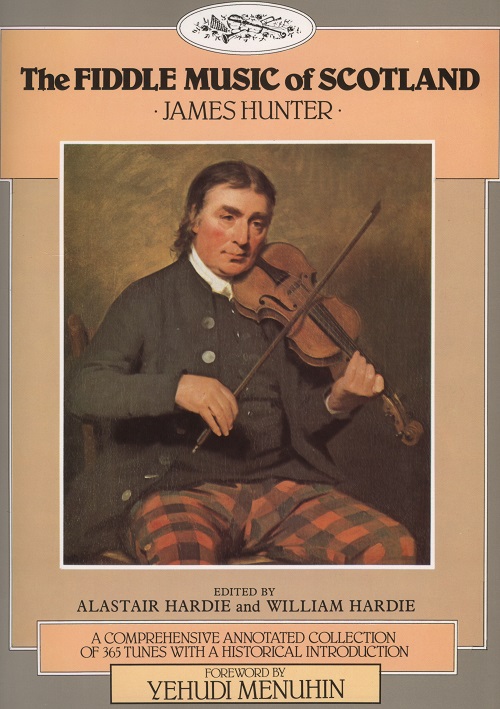Traditional Scottish music is a captivating blend of English and Gaelic influences, featuring an array of instruments. The Highland bagpipe, Border pipes, small pipe, fiddle and clarsach (Scottish harp) all play important roles in creating Scottish musical tradition.
The violins are an indispensable tool for playing classical Scottish music, boasting a versatile flat-arched bridge suitable for everything from ceilidh dances to concertos.
Accordion
The accordion, a free-vibrating reed instrument, has long been considered an integral component of Scottish dance bands and folk music. Convenient and self-tuning, it can also be found across many genres.
The accordion is composed of hundreds of parts made of different materials such as wood, metal and plastic – giving this instrument its versatility when playing classical, jazz or folk music.
Scotland is famous for its love of accordions, particularly Button and Piano models that feature ease when switching keys. These instruments are especially well known for their smooth performance.
At the turn of the 19th century, accordions began becoming a fashionable instrument across Europe and instruction manuals became widely available to beginners.
These manuals feature both original music and arrangements of familiar tunes. Available at various prices, these guides can be an invaluable asset when learning an instrument.
The accordion is a portable, free vibrating reed instrument which uses metal reeds to produce sound. It consists of keyboard and bass casing connected by collapsible bellows for easy transport.
Fiddle
A fiddle is a type of bow string instrument used in classical Scottish music. Similar to its European predecessors such as the viol, its development occurred during the fifteenth century.
The Scottish fiddle is an exceptionally flexible instrument. It can be used for wild ceilidh dances, traditional jigs and any number of musical genres or styles imaginable; its flat arched bridge makes this adaptation easy.
In Scotland, fiddle playing is often performed solo or used as part of bands or ceilidhs. Fiddler players bring their own individual interpretation to each piece they perform by altering their playing style and technique accordingly.
Scottish fiddle music is an expansive and complex form, drawing influence from regions and peoples across Scotland as well as from around the globe. Typically sung in Gaelic with highland bagpipes often accompanying it.
Shetland and Orkney islands feature strong Norwegian influences in their fiddle music, while Highlands and Hebridies areas favor Gaelic melodies more. Lowlands and Border regions tend to use small or border pipes.
Robert Burns, Scott Skinner, and William Marshall were renowned fiddle players from Scotland who gave us many memorable tunes that are still very much in vogue today.
Small Pipes
Small pipes make an excellent accompaniment for fiddle and guitar players, providing both texture and emotional depth to classical Scottish music.
Traditional bagpipes fall into three main categories, namely Scottish great Highland bagpipes, Irish uillean pipes and Northumbrian small pipes. All three share similar set-ups that include a melody pipe (chanter), blowpipe, two tenor drones and one bass drone.
The Great Highland bagpipe is one of the most widely played types, able to be played either standing or marching and featuring a nine-note range and three tenor drones; its history in Lowlands gives it a distinctively Celtic sound compared to other types of piping.
Border pipes or half-long pipes were traditionally played throughout Northern England and Scottish Lowlands. Similar to small pipes but louder with an increased chanter area and larger bell, this kind of bagpipe resembles more an English melody pipe than others.
Ian, an Edzell, Scotland based traditional smallpipe maker has developed reeds that give his smallpipes an increased strength and sustain in sound. He makes all his own reeds, chanter and bellows system adjustments so as to provide increased volume – his smallpipes are of exceptional workmanship and sound.

